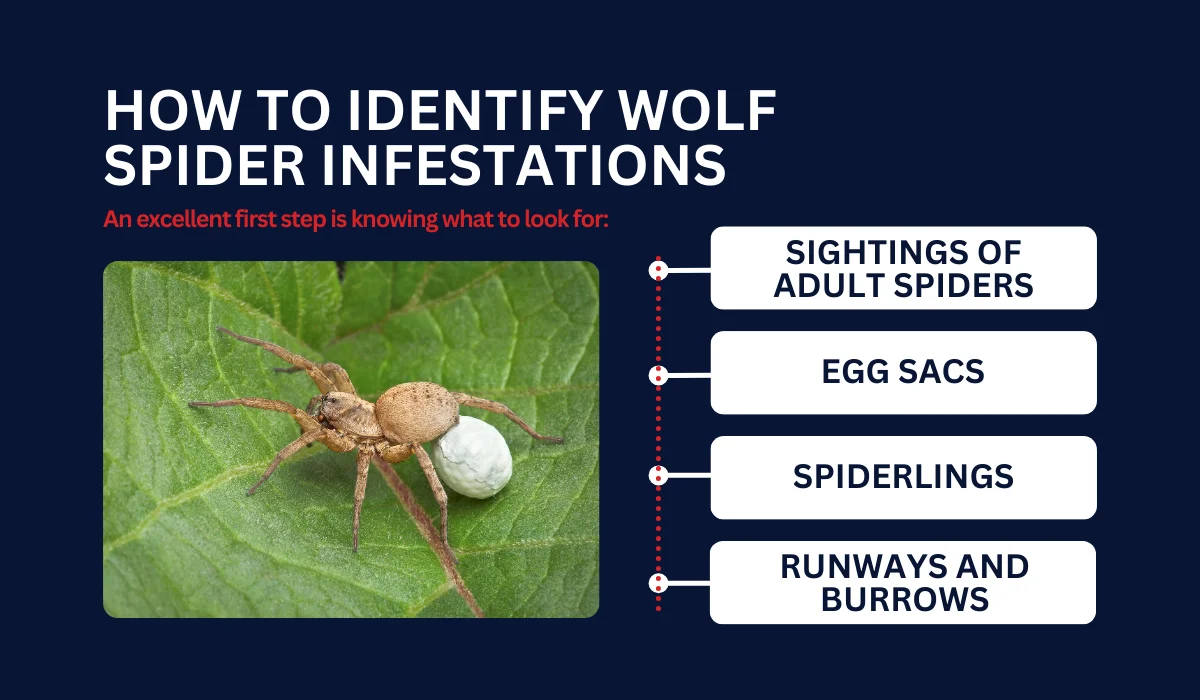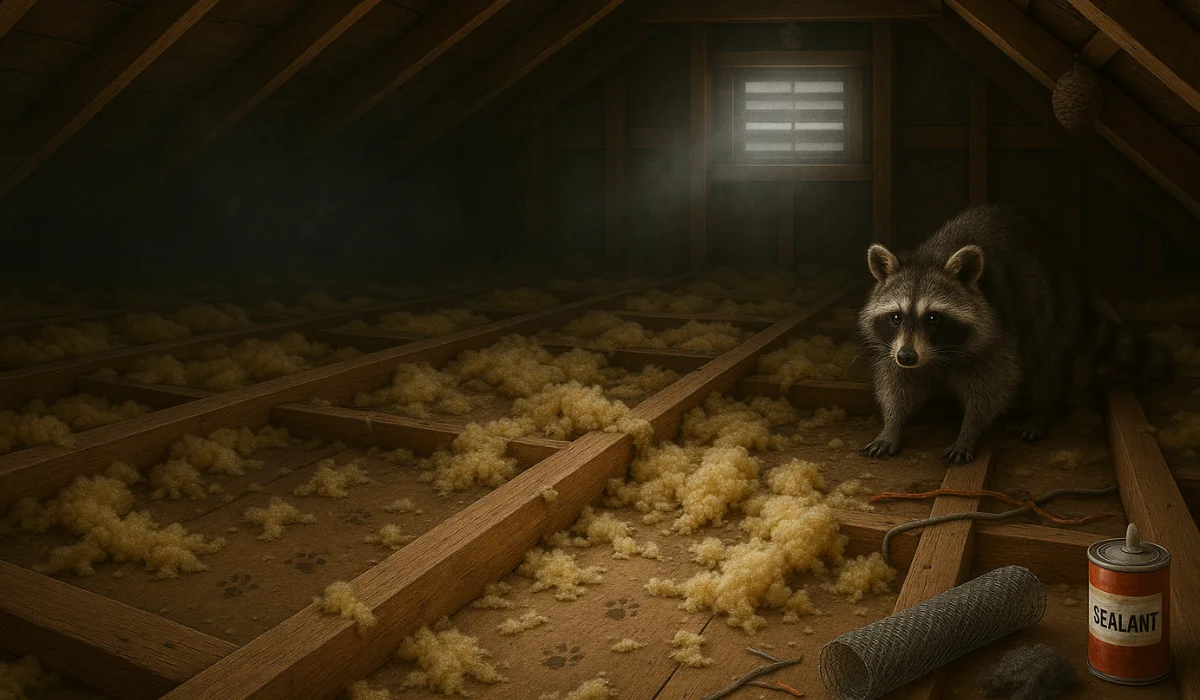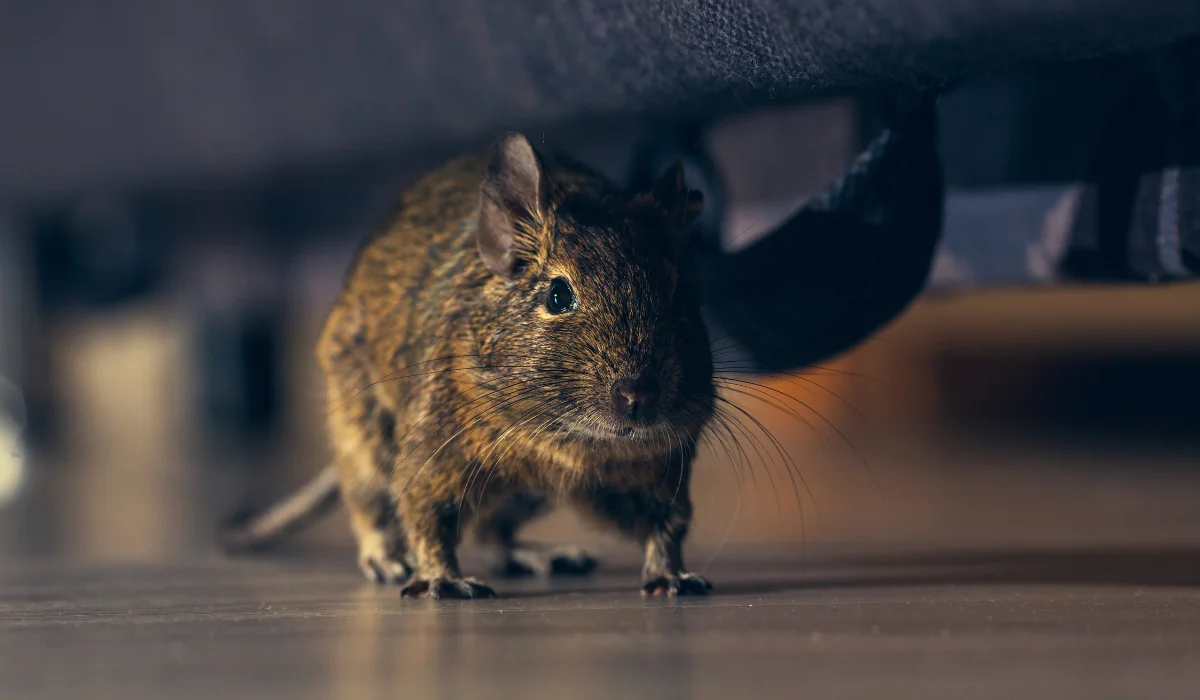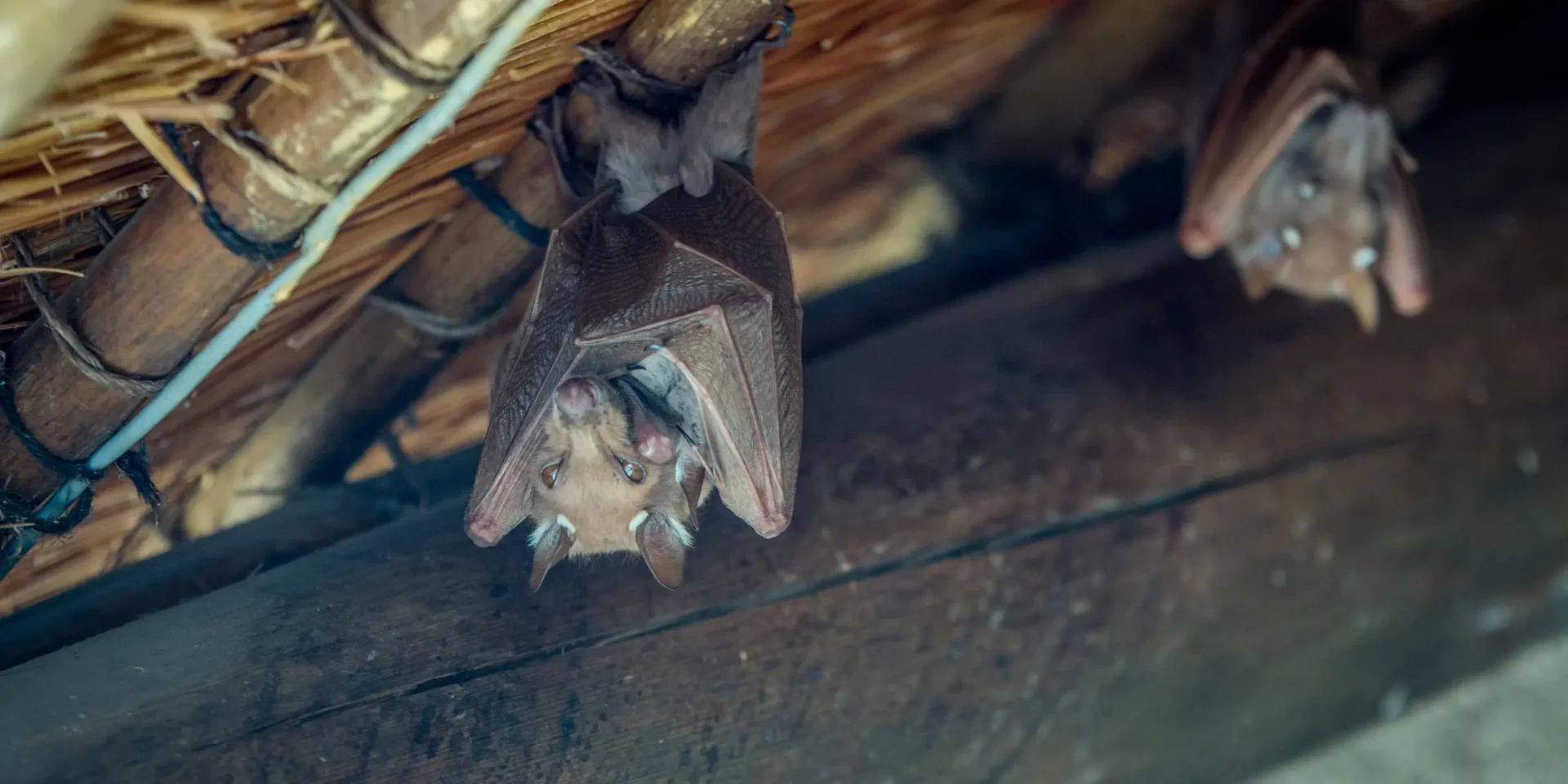Louisiana, known for its vast marshlands and bayous, is also home to an intriguing variety of wolf spiders. While many people might shy away from spiders, wolf spiders play a critical role in controlling insect populations.
Did you know wolf spiders do not spin webs to catch their prey? Instead, they rely on their excellent eyesight and speed to chase down insects.
What distinguishes the wolf spiders found in Louisiana from those in other regions? Keep reading to discover more fascinating facts about Louisiana’s wolf spiders and how to identify them.
Key Takeaways
- Wolf spiders are large, hairy in brown, gray, black, or tan, and have an eight-eye arrangement across three rows.
- Primarily nocturnal, wolf spiders are ground hunters who rely on speed and stealth rather than webs.
- Wolf spiders are adaptable to various environments. They thrive in natural settings like forests and human spaces such as basements and garages.
- Sightings of large, hairy spiders, egg sacs attached to female spiders, and small burrows or runways are indicators of wolf spider infestations.
- To manage wolf spider populations, seal entry points, reduce clutter, and consider professional pest control for severe cases or chemical treatments as needed.
WHAT ARE WOLF SPIDERS?
Wolf spiders are recognized by their large, robust bodies and long legs, which make them relatively large compared to other common spiders.
Here’s how you can spot them with their physical features:
| Physical Characteristics | Details |
|---|---|
| Body Length | 0.4 to 1.4 inches; some up to 2 inches |
| Mouthparts | Chelicerae with fangs |
| Eye Arrangement | Three rows with eight eyes |
| Color | Brown, grey, black, or tan |
| Leg Span | Up to 3 inches |
While wolf spiders bite humans, they are not typically aggressive and usually only bite if threatened or provoked.
Otherwise, here’s how they behave and forage as active hunters, relying on speed and stealth:
- Hunting Style: Ground hunters
- Activity Period: Mainly nocturnal
- Diet: Insects like mosquitoes, cockroaches, and crickets
- Reproduction: Females carry egg sacs and spiderlings on their backs
HOW DO THEY DIFFER FROM OTHER SPIDERS?
Wolf Spiders vs Other Spider Species
Wolf spiders in Louisiana display unique characteristics that set them apart from other spiders. These distinctions include:
| Wolf Spiders | Other Spiders | |
|---|---|---|
| Hunting Method | Hunts on foot without webs | Rely on webs (e.g., orb weavers) |
| Appearance | Robust, hairy body | Smooth, slender body (e.g., black widow or brown widow spiders) |
| Habitat | Ground-based, under rocks and leaves | Web-based, corners, ceilings (e.g., cellar spider or house spider) |
| Body Structure | Larger and stouter | Compact body (e.g., jumping spiders) |
| Eye Pattern | Three rows with eight eyes | Six eyes in a semicircular pattern (e.g., brown recluse spider) |
HOW TO IDENTIFY WOLF SPIDER INFESTATIONS

Signs of a wolf spider presence can often be identified through direct sightings and physical evidence. An excellent first step is knowing what to look for:
- Sightings of Adult Spiders: Wolf spiders are large, have hairy bodies and long legs, and live in secluded areas like crevices and corners.
- Egg Sacs: Female wolf spiders attach their egg sacs to their spinnerets. Finding these sacs is a strong indicator.
- Spiderlings: After hatching, spiderlings climb onto their mother’s back. A cluster of tiny spiders on an adult spider is a sure sign.
- Runways and Burrows: Look for small holes or burrows in the ground, as wolf spiders often use these as shelters.
HOW TO GET RID OF WOLF SPIDERS
Getting rid of wolf spiders in Louisiana can involve DIY solutions or chemical treatments. Each method has its own advantages and specific steps to maximize effectiveness.
DIY Solutions
As homeowners, you can start with DIY pest control solutions for a quick and cost-effective way to manage wolf spiders. Here are some popular approaches to keep them at bay:
- Seal Entry Points: Use caulk to seal cracks and gaps in walls, windows, and doors.
- Reduce Clutter: Keep areas free of debris and clutter where spiders may hide.
- Vacuum Regularly: Use a vacuum to remove spiders, webs, and egg sacs.
- Diatomaceous Earth: Sprinkle this powder in areas where spiders are likely to crawl.
Chemical Treatments
Chemical treatments offer a more aggressive approach to spider control. These are typically recommended when DIY methods don’t suffice:
| Product Types | Recommended Action |
|---|---|
| Insecticide Sprays | Apply around doors and windows; offers a quick knockdown effect. |
| Dusts | Use in wall voids and under furniture; longer-lasting effectiveness. |
| Residual Sprays | Create a barrier that spiders will avoid; effective for extended periods. |
| Professional Spider Exterminators | Engage pest control services for comprehensive treatment of severe infestations. |
HOW TO PREVENT FUTURE INFESTATIONS
Inside the Home
Wolf spiders tend to enter homes seeking shelter and prey. Essential tips for keeping your home pest-free include:
- Declutter storage areas
- Regular vacuuming
- Dusting hard-to-reach spots
- Sealing windows and doors
- Using weather stripping
Around the Property
Wolf spiders often get into houses from the yard. Vital outdoor steps for year-round protection include:
- Trim vegetation
- Maintain the lawn
- Remove leaf litter and woodpiles
- Clutter management
- Use appropriate outdoor lighting
IS IT TIME TO CALL THE EXPERTS?
If you notice an increasing number of wolf spiders around your home, it might be time to call pest control experts. These spiders can be large and fast, which should alarm you.
Whether you’re in Baton Rouge or New Orleans, seeking expert help should be easy. For immediate intervention for a severe infestation, let Lajaunie’s spider control specialists tailor a solution that’s right for your home.
For more information about the areas we service, visit our location page.
 By: LaJaunie's Pest Control
By: LaJaunie's Pest Control 



